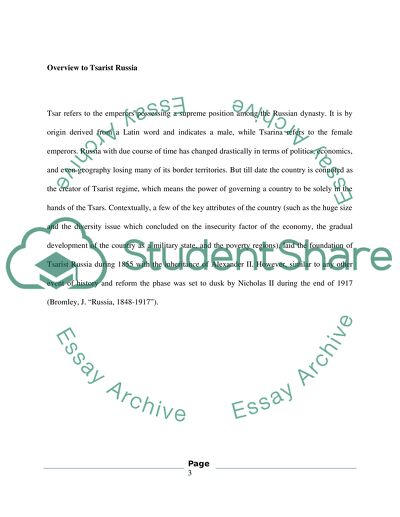Cite this document
(“AS Level History - Tsarist Russia, 1855 - 1917 Essay”, n.d.)
Retrieved from https://studentshare.org/environmental-studies/1404837-as-level-history-tsarist-russia
Retrieved from https://studentshare.org/environmental-studies/1404837-as-level-history-tsarist-russia
(AS Level History - Tsarist Russia, 1855 - 1917 Essay)
https://studentshare.org/environmental-studies/1404837-as-level-history-tsarist-russia.
https://studentshare.org/environmental-studies/1404837-as-level-history-tsarist-russia.
“AS Level History - Tsarist Russia, 1855 - 1917 Essay”, n.d. https://studentshare.org/environmental-studies/1404837-as-level-history-tsarist-russia.


